The Racing Homer pigeon is a breed of domestic pigeon. It is one of the newest and a very popular breed. The breed has been selectively bred for more speed and enhanced homing instinct for the sport of pigeon racing. It was first developed in Belgium and England in the 19th century. It is the result of crossing of a number of other pigeon breeds.
Mainly the Dragoon, English Carrier, French Cumulet, Horseman, and Smerle breeds were used for developing this breed. Among these breeds, the Horseman pigeon breed is now lost.
The Racing Homer pigeon received it’s ability to find it’s way home from great distance from the Carrier. And it received it’s endurance and it’s ability to fly for hours on end without tiring from the high-flying Cumulet.
Currently the breed is mainly used for flying purpose. It is highly available in it’s native area. And today the breed is also available in some other parts of the world. Read more information about this breed below.
Origin and History of Racing Homer Pigeon
The Racing Homer is a popular pigeon breed used for racing competitions. Many people have been breeding these pigeons for thousands of years. The Racing Homer as we know it today likely originated in Belgium and England during the 19th century.
Breeders selected pigeons with strong flying abilities and navigational skills (aiming to create birds that could cover long distances quickly). They were used to carry messages over long distances during times of war and became popular for racing as well. Currently, these pigeons are admired for their speed, endurance, and intelligence.
Characteristics
The Racing Homer pigeon is an average sized bird with a slim and slender body shape. It has a strong wing muscles as well as having chest area. Eyes of these birds are clear and clean and reddish in color. Their legs are usually of reddish color.
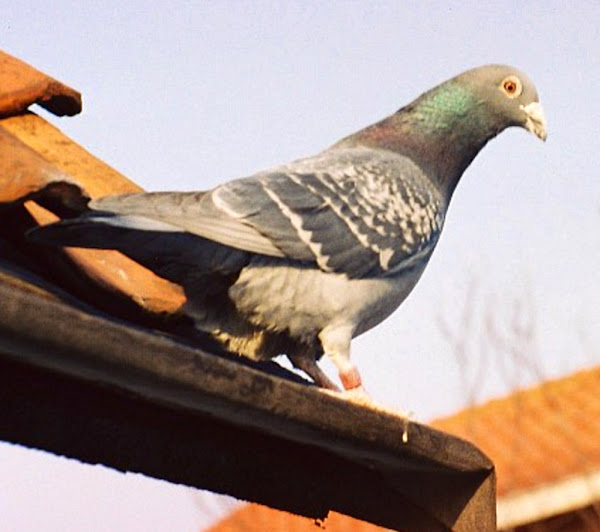
Housing Requirements
Racing Homer pigeons need a comfortable and safe place to live. They require a spacious loft which should be well-ventilated to ensure good air circulation and prevent respiratory problems.
Always try to keep the loft clean by removing droppings and providing fresh bedding material (such as straw or wood shavings). Also ensure that the loft is safe and secure from predators (such as cats and birds of prey).
Dietary Requirements
Feeding these birds with very good quality and nutritious food is the most important part of their caring. Like many other pigeon breeds, the Racing Homer pigeons need a nutritious and balanced diet to stay healthy and perform their best in races.
Their diet should consist of a balanced mix of grains, seeds, and pellets specifically formulated for pigeons. They also benefit from occasional supplements like vitamins and minerals to ensure they get all the nutrients they need.
Also ensure enough fresh water for drinking. It’s important to avoid feeding them foods that are high in fat, salt, or sugar, as these can be harmful to their health. Provide them with a varied diet with plenty of grains and seeds, and doing this will help to keep the Racing Homers in healthy condition.
Reproduction/Breeding
Breeding Racing Homer pigeons is very easy and simple. Just keep them in pair (one male and one female pigeon). They build nests together using materials like straw or twigs and lay eggs. Both parents take turns incubating the eggs and caring for the hatchlings. After about two weeks, the eggs hatch. And both male and females together feed and protect their chicks until they are ready to leave the nest (usually around four to six weeks old).
Behavior/Temperament
These pigeons are known for their friendly and sociable nature. These pigeons are calm and easy to handle. They are also very intelligent birds. They have a strong homing instinct. They are hardworking and dedicated birds and they often forming strong bonds with their owners.
Caring
Caring for Racing Homer pigeons is relatively easy and simple, and their caring tasks involves providing them with a comfortable and safe environment. This includes a spacious loft with good ventilation, clean bedding material, and fresh water. Their diet should consist of a balanced mix of grains, seeds, and pellets, supplemented with vitamins and minerals as needed. Regular grooming and health checks are important to ensure they remain in good condition for racing.
Uses
Racing Homer pigeons are mainly used for their exceptional flying abilities. They are primarily bred and trained for pigeon racing competitions. Their strong homing instincts and navigational skills make them well-suited for these events.
Popularity and Price
Racing Homer pigeons are pretty popular among pigeon enthusiasts and racing enthusiasts. They are highly popular mainly for their impressive flying abilities, gentle temperament, and ability to form strong bonds with their owners. They are good for both racing and as pets. Price of these pigeons can vary depending on numerous factors (such as pedigree, age, and performance in races). Consult with some of your local breeders to learn more about the current price.
Lifespan
The lifespan of a Racing Homer pigeon typically ranges from 5 to 10 years.
Pros and Cons
Like many other pigeon breeds, these pigeons also have some pros and cons. Here we are trying to list the top pros and cons of Racing Homer pigeons:
Pros:
- Excellent flyers
- Strong homing instinct
- Intelligence
- Friendly temperament
- Versatility
- Bonding
Cons:
- Time commitment
- Expense
- Health concerns
- Space requirements
- Regulatory issues
- Predators
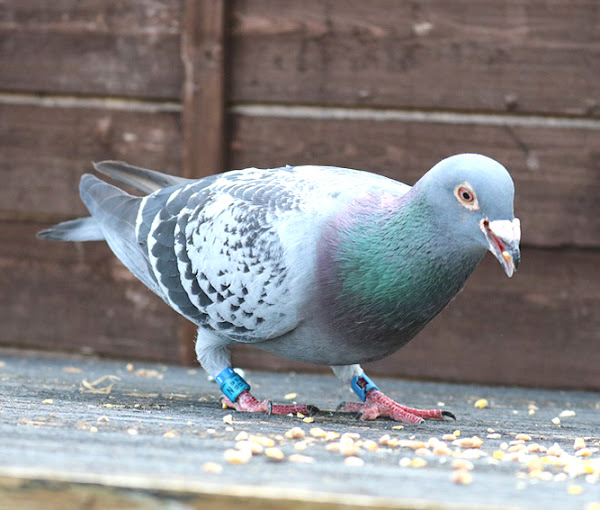
Special Notes
The Racing Homer pigeon is a very hardy and active breed. It is very good for long flights, and a good bird can reach an average speed of about 60 mph through the air for hours. Apart from flying, these birds are also exhibited at organized shows and have a judge to decide who has the better bird. British Homing World holds a show each year where all profits from the event are donated to both national and local charities. However, review full breed profile of this breed in the chart below.
| Breed Name | Racing Homer |
| Other Name | None |
| Breed Purpose | Mainly flying, also show |
| Special Notes | Beautiful, very hardy and active, excellent for flying, good for show, good for raising as pets |
| Breed Class | Average |
| Climate Tolerance | All climates |
| Flying Ability | Excellent |
| As Pets | Good |
| Color | Many |
| Rarity | Common |
| Country/Place of Origin | Belgium |
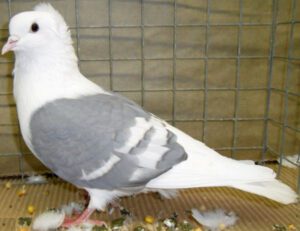
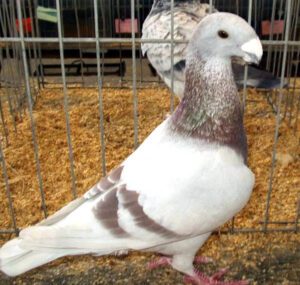
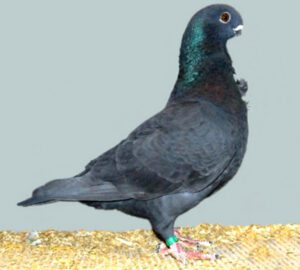
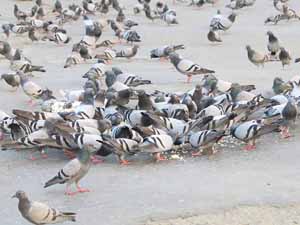
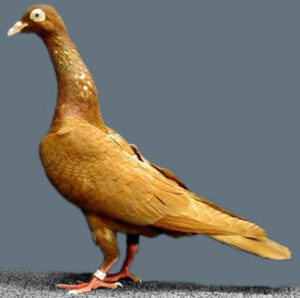
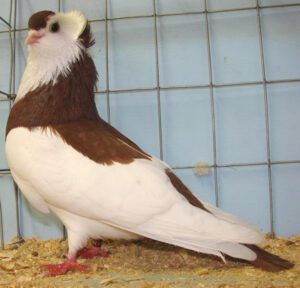
wow i love to have one of homing breed.